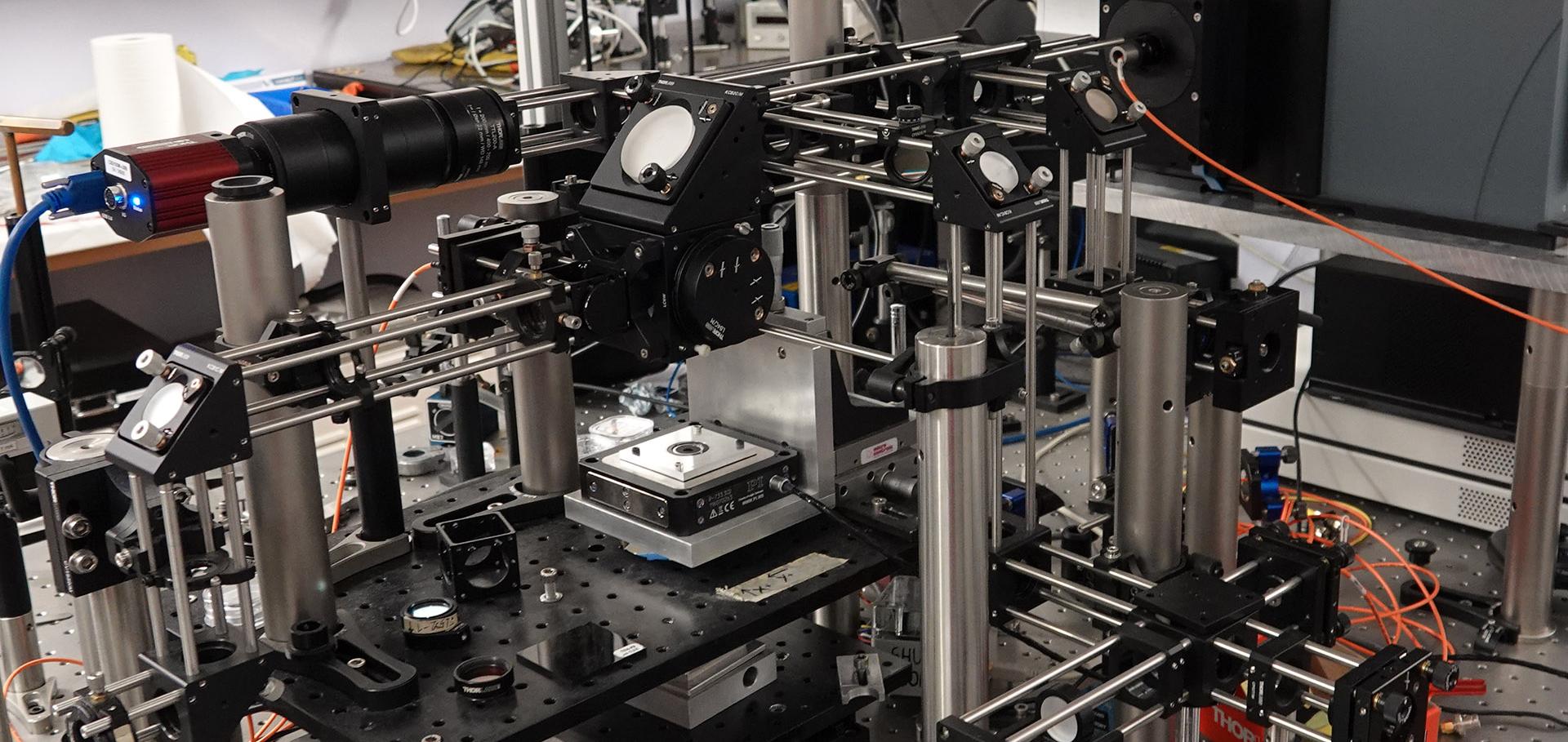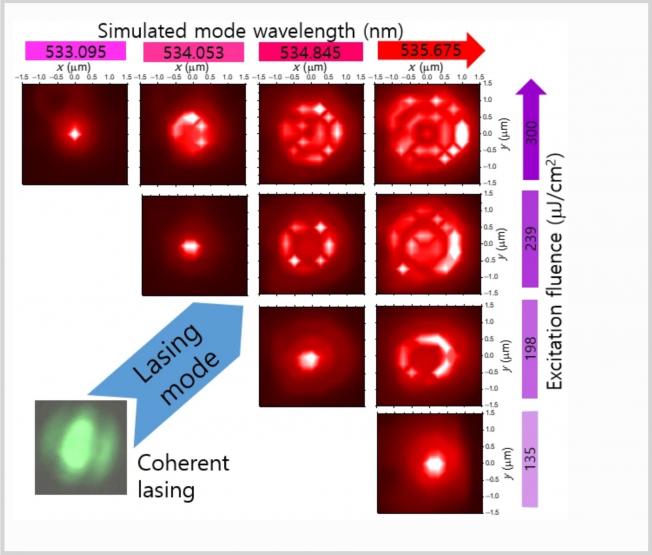Elliptical polarization of localized states in an anisotropic single GaAs quantum ring
Nanomaterials MDPI 13:1 (2022) 184
Abstract:
Localized states in an anisotropic single GaAs quantum ring were investigated in terms of polarization dependence of micro-photoluminescence spectrum at 5K. Given four Stokes parameters measured with a pair of linear polarizers and waveplates, the elliptical polarization states of two different vertical confinement states (k=1 and k=2) were compared with phase, rotation, and ellipticity angles. While the polarized emission intensity of the k=2 states becomes enhanced along [1,1,0] compared to that along [1,1¯,0], the polarization asymmetry of the k=1 states shows the opposite result. We conclude the polarization state is determined by the shape of the lateral wavefunctions. In the k=2 state, crescent-like wavefunctions are strongly localized, but the k=1 state consists of two crescent-like wavefunctions, which are connected weakly through quantum tunneling.Design of free-space couplers for suspended triangular nano-beam waveguides
Journal of Physics D: Applied Physics IOP Publishing 55:47 (2022) 474002
Abstract:
Photonic waveguides (WGs) with triangular cross section are being investigated for material systems such as diamond, glasses and gallium nitride, which lack easy options to create conventional rectangular nanophotonic waveguides. The design rules for optical elements in these triangular WGs, such as couplers and gratings, are not well established. Here we present simulations of elements designed to couple light into, and out of, triangular WGs from the vertical direction, which can be implemented with current angled-etch fabrication technology. The devices demonstrate coupling efficiencies approaching 50% for light focused from a high numerical aperture objective. The implementation of such couplers will enable fast and efficient testing of closely spaced integrated circuit components.Strain-tunable optical microlens arrays with deformable wrinkles for spatially coordinated image projection on a security substrate
Microsystems and Nanoengineering Springer Nature 8 (2022) 98
Abstract:
As a new concept in materials design, a variety of strategies have been developed to fabricate optical microlens arrays (MLAs) that enable the miniaturization of optical systems on the micro/nanoscale to improve their characteristic performance with unique optical functionality. In this paper, we introduce a cost-effective and facile fabrication process on a large scale up to ~15 inches via sequential lithographic methods to produce thin and deformable hexagonally arranged MLAs consisting of polydimethylsiloxane (PDMS). Simple employment of oxygen plasma treatment on the prestrained MLAs effectively harnessed the spontaneous formation of highly uniform nanowrinkled structures all over the surface of the elastomeric microlenses. With strain-controlled tunability, unexpected optical diffraction patterns were characterized by the interference combination effect of the microlens and deformable nanowrinkles. Consequently, the hierarchically structured MLAs presented here have the potential to produce desirable spatial arrangements, which may provide easily accessible opportunities to realize microlens-based technology by tunable focal lengths for more advanced micro-optical devices and imaging projection elements on unconventional security substrates.Conformation control of triplet state diffusion in platinum containing polyfluorene copolymers
Journal of Polymer Science Wiley 61:1 (2022) 83-93
Abstract:
The spectral diffusion of singlet and triplet excitons in 9,9-dioctylfluorene-based conjugated copolymers is investigated using photoluminescence spectroscopy at both low (5 K) and room temperature (300 K). Inclusion of a N,N-diphenyl-4-(pyridin-2-yl)aniline moiety into the polymer backbone allows subsequent cyclometalation with platinum acetylacetonate to increase the spin-orbit coupling and yield radiative decay from the triplet state. For suitably low fractions (≤5%) of bulky ligand inclusion, cyclometalated or not, the resulting longer sequences of fluorene units are able to adopt the chain-extended β-phase conformation. Comparison between the phosphorescence spectral diffusion in glassy- and β-phase Pt-copolymer samples provide insight into the triplet exciton transfer in more- or less-disordered conjugated polymer films. It is found in the glassy-phase samples with shorter conjugation lengths that the triplet exciton relaxation becomes frustrated at low temperature due to a freezing out of the thermally activated hops required to move from one conjugated segment to another. In contrast, for films containing β-phase chain segments, with increased conjugation lengths, this frustration is lifted as more hopping sites remain accessible through intra-segment motion. This work demonstrates controlled use of changes in molecular conformation to optimize triplet diffusion properties in a member of the widely deployed fluorene-based conjugated copolymers.Single-photon generation through cavity-STIRAP in a neutral QD embedded in a micropillar cavity: an FDTD model study
Proceedings of SPIE Society of Photo-optical Instrumentation Engineers 12243 (2022)



